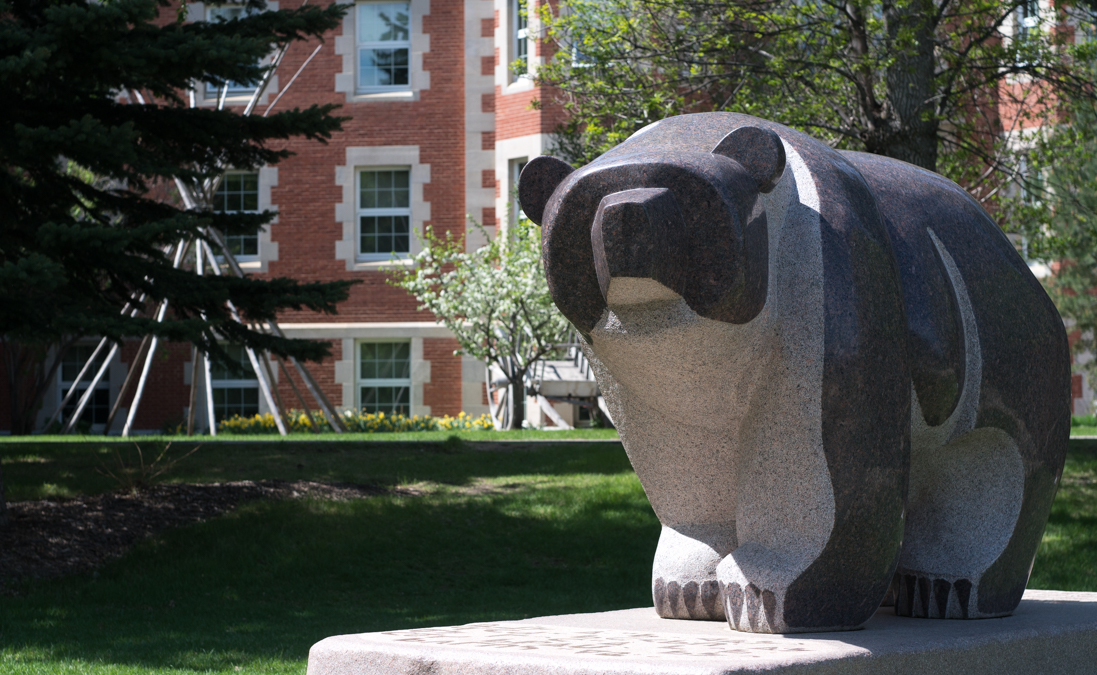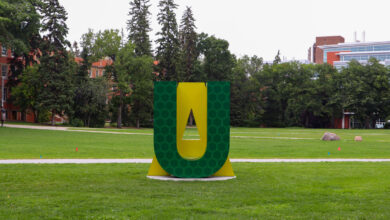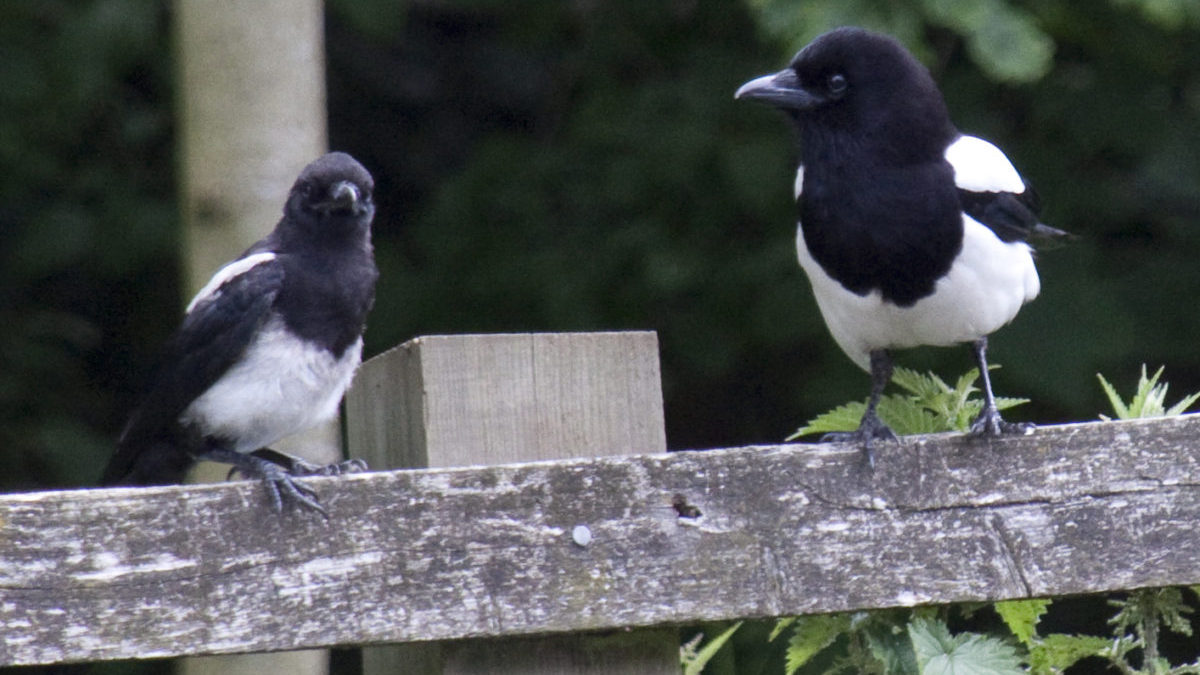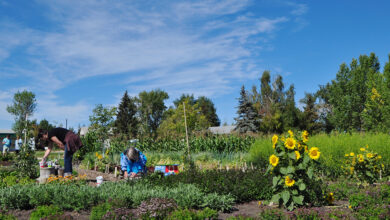Indigenous students in engineering need more supports
While there are some supports in place for Indigenous students in engineering, many challenges remain.
 Richard Bagan
Richard BaganThis guest column is written through a partnership with the University of Alberta Indigenous Engineering Students’ Association and The Gateway.
Historically, the number of Indigenous or self-identified as Indigenous students enrolled in engineering has been extremely low. With a lack of support for those who are coming from outside of Edmonton or from a lower income background, barriers arise which create inclusion and retention problems for students already in their degree programs.
Stories about Indigenous students receiving “free education” are discouraging because they discredit the hard work and effort it takes to get into and remain in engineering. The perpetration of this myth also ignores the base level stressors that follow along with being an engineering student. Also, the general stigma of being an Indigenous student in STEM weighs on a student’s psyche daily and can lead to them leaving their program altogether.
The many challenges of being an Indigenous engineering student are intertwined with each other but can be categorized into three groups: financial stability, academic performance, and industry connections.
Financial security plays a significant role in student performance in university. Startup tuition costs followed by recurring monthly payments for rent, food, internet, and transportation over a semester are difficult to manage for students in general who are in full-time studies and cannot work outside of class. Engineering students face notoriously difficult courses with class schedules packed with lectures and labs, so finding the opportunity to make significant levels of income to cover expenses while achieving high grades is nearly impossible. In certain cases these expenses can be offset if a student lives at home with family in the city or if their family assists with some of the costs associated with their studies. But for Indigenous students coming from rural communities outside of Edmonton or from a lower income family, these options are just not available.
In addition to financial stresses, general academic pressures to perform also play a role in Indigenous students’ success. Often the entrance requirements to get into engineering exceed what is provided by the public education system in Indigenous communities. Additional upgrading courses must be taken to reach the minimum requirements and even then, once a student gets into their program, the university environment may be entirely overwhelming and uninviting. Lack of representation and acknowledgement of Indigenous peoples in the engineering buildings and class materials can lead to feelings of isolation and inadequacy which can push a student away from their studies or even out of their program.
The final challenge faced by Indigenous engineering students is the lack of a professional network outside of academia. Often, Indigenous students are the first generation post-secondary members of their families and have no mentors to lead them in the right direction with job searches during the summer or after graduation. The engineering job market is competitive and is saturated with new graduates every year which puts Indigenous students at a disadvantage due to our low enrolment numbers.
Fortunately, the University of Alberta has some home-grown support services available to Indigenous students to alleviate some of these struggles. First Peoples’ House (FPH) and the Transition Year Program (TYP) are excellent resources for Indigenous students looking to get into the faculty of engineering or into other programs at the U of A. They also provide excellent supports with respect to financial, academic, and housing difficulties for students currently enrolled at the university. Together they offer tutoring services, financial aid and scholarships, financial literacy courses, counselling, and residence assistance among many others.
With a focus on engineering, the Indigenous Engineering Students’ Association (IESA) is a student-led group working to assist Indigenous engineering students in succeeding during their studies and after they graduate. The IESA is currently working in partnership with the faculty of engineering to ensure the longevity of the group and the important work that has been completed to date. This partnership will allow the faculty to be better able to network their industry contacts directly with Indigenous students for engineering internships and allow for the student support services provided by the faculty to have a direct communication channel with Indigenous engineering students.
Being an Indigenous student in engineering is extremely difficult but the support networks and number of Indigenous engineering alumni at the U of A are growing, slowly changing the dynamic of the experience. The efforts by the U of A as well as the faculty of engineering towards reconciliation are actualizing and the long-term success of Indigenous students looks bright.
To further progress the efforts by the faculty, tangible measures should be taken in addition to these student supports to ensure that the faculty leads the way in Indigenous inclusion initiatives. A valuable and proactive first step to ensure that the engineering environment is more welcoming to Indigenous students would be to incorporate art pieces into engineering buildings, such as permanent Indigenous wall murals, to make Indigenous culture more visible to students in their daily lives. These small acts acknowledge the presence of Indigenous students on campus and work to dismantle the stigma surrounding Indigenous students attending university. The opportunity has always been there and the long-term benefits of an embedded cultural art piece far outweigh the monetary costs to produce.
While Indigenous students face many challenges associated with pursuing a degree in engineering, by creating a more inclusive and inviting environment, Indigenous students can feel valued and supported for the incredibly hard work they put in.




